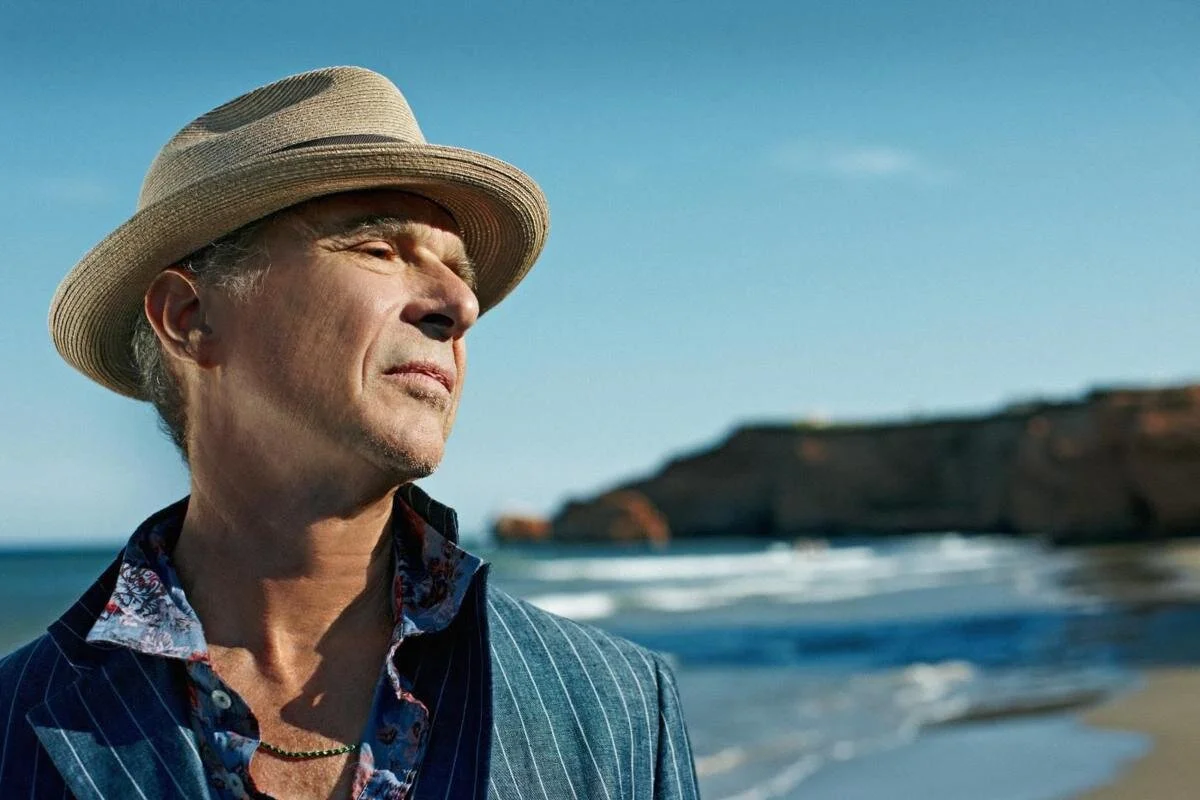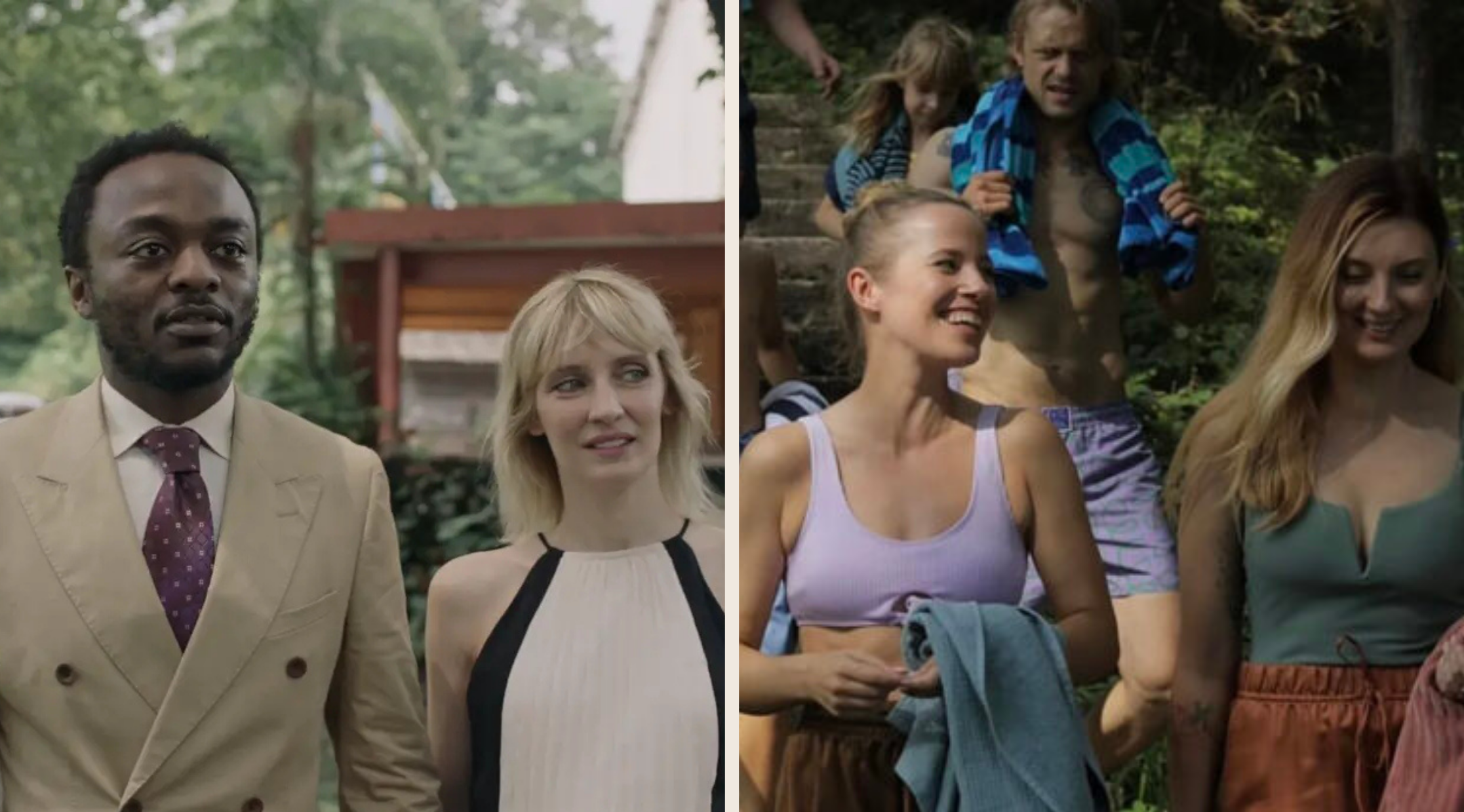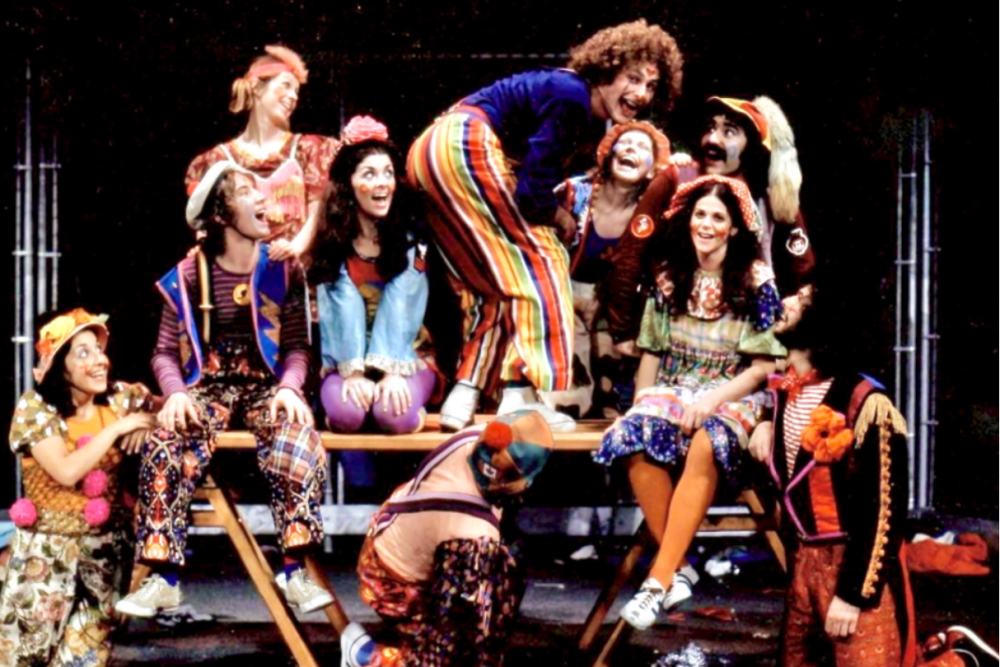Rendez-Vous French Film Festival points the camera at Acadia
From Cajun spirit to trash folk, the 27th annual event reflects the Acadian experience
Louisiana singer-songwriter Zachary Richard shares the devastating story of the Acadian Expulsion in Phil Comeau’s Zachary Richard: Cajun Heart.
The 2021 Rendez-Vous French Film Festival runs until February 14.
THE 2021 RENDEZ-VOUS French Film Festival is putting Acadia in the spotlight with a series of films that reveal how a borderless region with a complex, tragic history and a vibrant culture is proudly forging its identity.
First, a little background: In the 17th century, French colonists settled the area of what’s now known as Nova Scotia, which was isolated from the St. Lawrence settlement. Its inhabitants were closely aligned with the Mi’kmaq and developed a community based on social justice. The region was ceded to the British with the Treaty of Utrecht, and in 1755, Governor Charles Lawrence, concerned about looming war with France, ordered all Acadians who refused to pledge British allegiance be deported.
What followed was the Great Upheaval, or Acadian Expulsion. Between 1755 and 1763, approximately 10,000 people were forced by soldiers to leave their homes, which were burned to the ground. Families were separated as Acadians were shipped to different places along the eastern seaboard, France, or the Caribbean. Many, including hundreds of children, did not survive the Atlantic crossing or died of disease or starvation on ships. Others eventually made their way to French-ruled Louisiana (where their descendants became known Cajuns).
Some of Louisiana musician Zachary Richard’s ancestors were among those who perished or were displaced. Phil Comeau’s Zachary Richard: Cajun Heart takes viewers on the singer-songwriter’s quest to learn more about his family roots and to get a sense of why Cajun people are so resilient.
The first Acadian feature film to be presented at the United Nations in Geneva, Zachary Richard gorgeously travels from Fort Anne National Historic Site on traditional Mi’kmaq homelands to Malpeque Bay, Prince Edward Island to Halifax’s Georges Island National Historic Site (which was used as a prison during the Great Deportation, leaving people completely exposed to the elements) to the heart of Louisiana.
Richard is often brought to tears as he learns about the ethnic cleansing of his people; he notes that the Canadian government has recognized the Armenian genocide but not the Acadian genocide. Yet the film also reflects Acadian strength and spirit, which often come through in music. People sang to forget their misery, and many of the featured songs are humorous and joyful.
Through Richard’s desire to understand his own intergenerational trauma and sense of belonging, Comeau’s film preserves an overlooked piece of history.
Serge Brideau (left) and Michel Vianneau of the band Les hôtesses d’Hilaire appear in Phil Comeau’s Vague d’Acadie (Acadian Wave).
Some say music is the strongest aspect of Cajun culture. Acadian music in general is going through an extraordinary surge in growth and popularity. Comeau’s Vague d’Acadie (Acadian Wave) explores this explosion, doing away with any outdated notions that the Acadian music equals folk music. In fact, it’s jazz, new wave, punk, grunge, country, and more.
Comeau looks at pioneers Edith Butler and Roch Voisine, who proved that Acadian artists could have big success abroad, while narrator Joseph Edgar (a member of the band Zéro Degré Celsius) interviews the likes of Les hôtesses d’Hilaire and the Hey Babies. As musicians have gained confidence in their skill—in part thanks to government support and a high-school music contest that consistently draws incredible talent and helps launch lucrative careers—they are no longer afraid to say they’re Acadian.
Some, like trash-folk singer and banjoist Lisa LeBlanc, have risen to prominence because of their distinctive authenticity. She speaks and sings in chiac, a dialect that switches up English and French every few words; her 2012 song “Aujourd’hui, ma vie c’est d’la marde” (“Today, my life is shit”) was so popular that some half-jokingly say it almost became the Quebec national anthem. Before the band Radio Radio came along, no one had rapped in an Acadian accent before. What this fun and fascinating film proves is that while the individuals portrayed are helping foster fierce cultural pride, they’re also just damn good musicians.
Where there isn’t music, there can be deafening quiet. Le silence (The Silence, Ça Tourne Productions/NFB) shows a darker side of Acadia. The feature-length documentary by veteran filmmaker Renée Blanchar looks at the sexual abuse of young boys by Catholic priests in Francophone towns in New Brunswick from the 1950s to ’80s.
Filmmaker Renee Blanchar with Kenneth Goguen in Le Silence (The Silence).
Decades after the abuse they experienced, survivors of religious leaders Camille Légère and Lévi Noël (who were but two among a much larger number of pedophiles who committed similar crimes) courageously share their stories, from how they felt terrifyingly alone at the time, to how their youth and innocence were stolen from them, to how they are forever damaged by the actions of tyrannical men before they had even finished puberty—and to how the abuse was never talked about.
Along with interviews with family members and former politicians, and by incorporating archival footage and legal documents, Blanchar explores how silence can hinder healing, keep people chained to their past, and even prove fatal. It’s not an easy film to watch, but, in breaking the silence, it’s another illustration of Acadian resilience.














